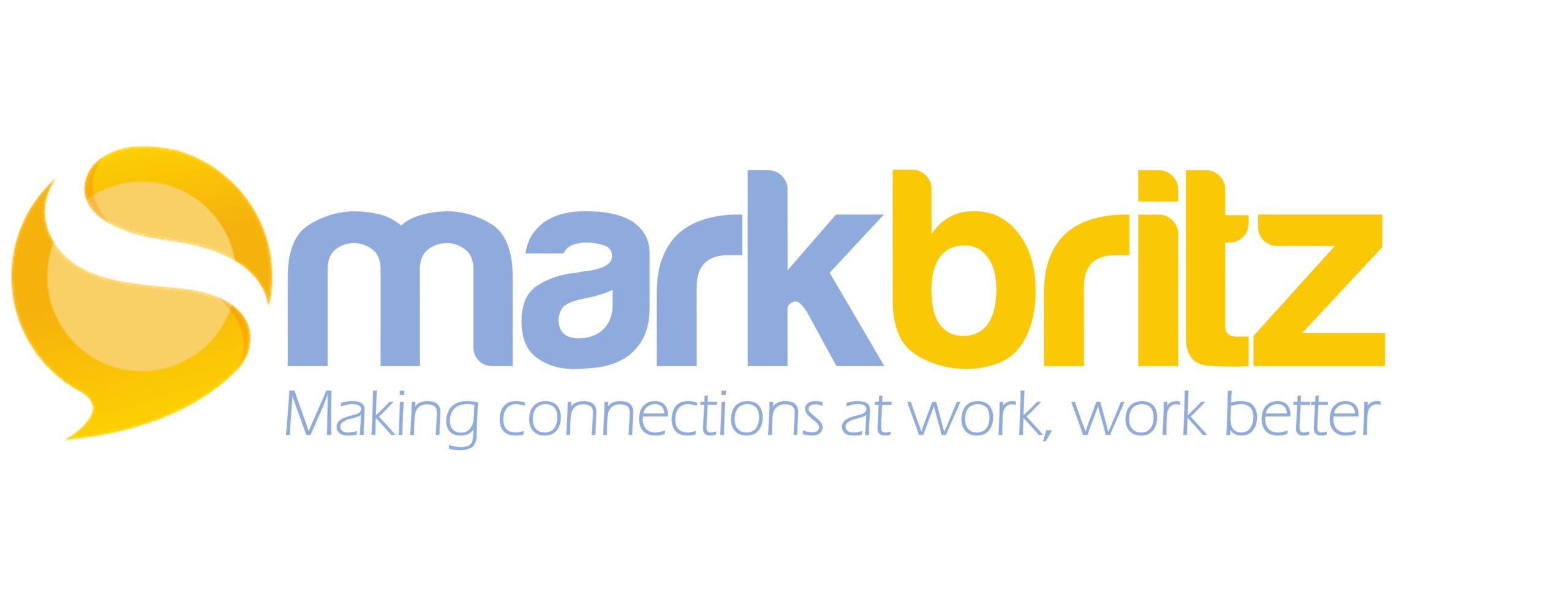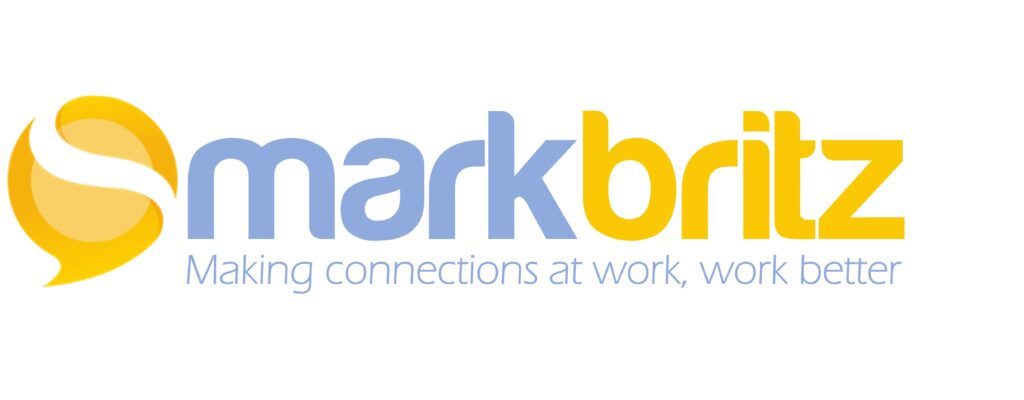One of this biggest recurring issues those in the social organization space contend with is the problem of organizational silos and how a more connected organization can bring about greater innovation and responsiveness. All very true and something Jon Husband and his principle of Wirearchy brought to light in the last 20 years. However more critical than the common physical and role-based silos such as those between departments, divisions and teams may be the larger hierarchical bands that frame the organization, creating silos of power, influence, and perception, all sowing seeds of suspicion and ultimately distrust.
In his forthcoming book, The Dark Side of Empathy, author Fritz Breithaupt reveals how what that we often feel about empathy is that it’s a warm human trait but empathy can also serve to empower terrorism and suffocate youth through “helicopter parenting”. In organizations I suspect empathy could and likely does similar in the artificial “business caste” systems that make up the hierarchy. As much as we desire that executives empathize with the workers that support the business, there is a far greater likelihood that they instead empathize more closely with their peers in the c-suite, or at least have the potential to. Similar to what Fritz Breithaupt identified in his example regarding Terrorists, he said:
I think a lot of terrorists may not lack empathy. Rather, they see some plight of a group they identify with — they see them suffering and see it as something horrible, and that becomes more extreme and activates them to become active terrorists.
The plight of the group they identify with
C-suite executives are hardly terrorists but the fact is our hierarchical silos do separate people making it easy for one group to identify with and empathize with their own over all others. Executives mostly mingle with other executives. They drive similar vehicles, their kids likely go to the same schools, they dress alike and have similar problems. Likewise those at the lower levels of hierarchy, the Workers, see each other’s daily efforts, share the same space economically, share similar stories, dress alike, their kids go to same schools, and likely have same life problems. In each case the groups fall prey to the sociology of group empathy.
It’s easy to see how it’s our systems of decision-making and structures of hierarchy that create environments where Executives see Workers only as doers not thinkers and the Workers see Executives as just thinkers and not doers and rarely will each be able to transcend. This is a powerful, historical Culture of Work issue that hangs over many organizations, one not changed easily by present day employee engagement efforts. No, the Us v. Them (or rather “Us & Them”) is quite an embedded element in this Culture of Work but there is an answer. A social organizational strategy can works to remove this friction too. To truly connect people across these dark empathy bands will take new forms of recognition, openness and greater transparency. Easier to start when an organization is small and people are working more closely but as the organization grows, these become very human decisions to invite others in, to listen, to converse which is far more challenging than what many assume is the way – just turning on a social platform or laying down edicts to be more collaborative.

